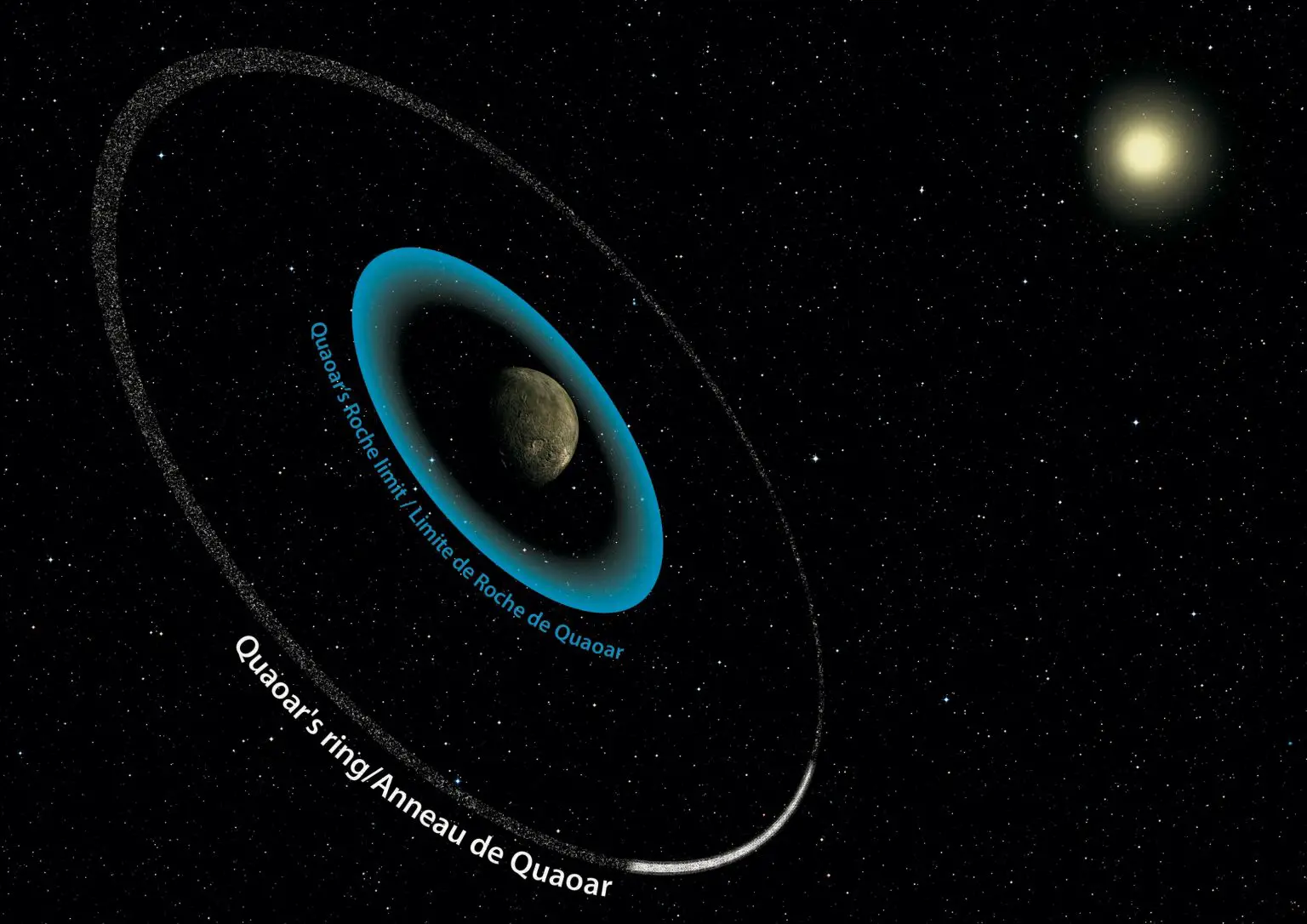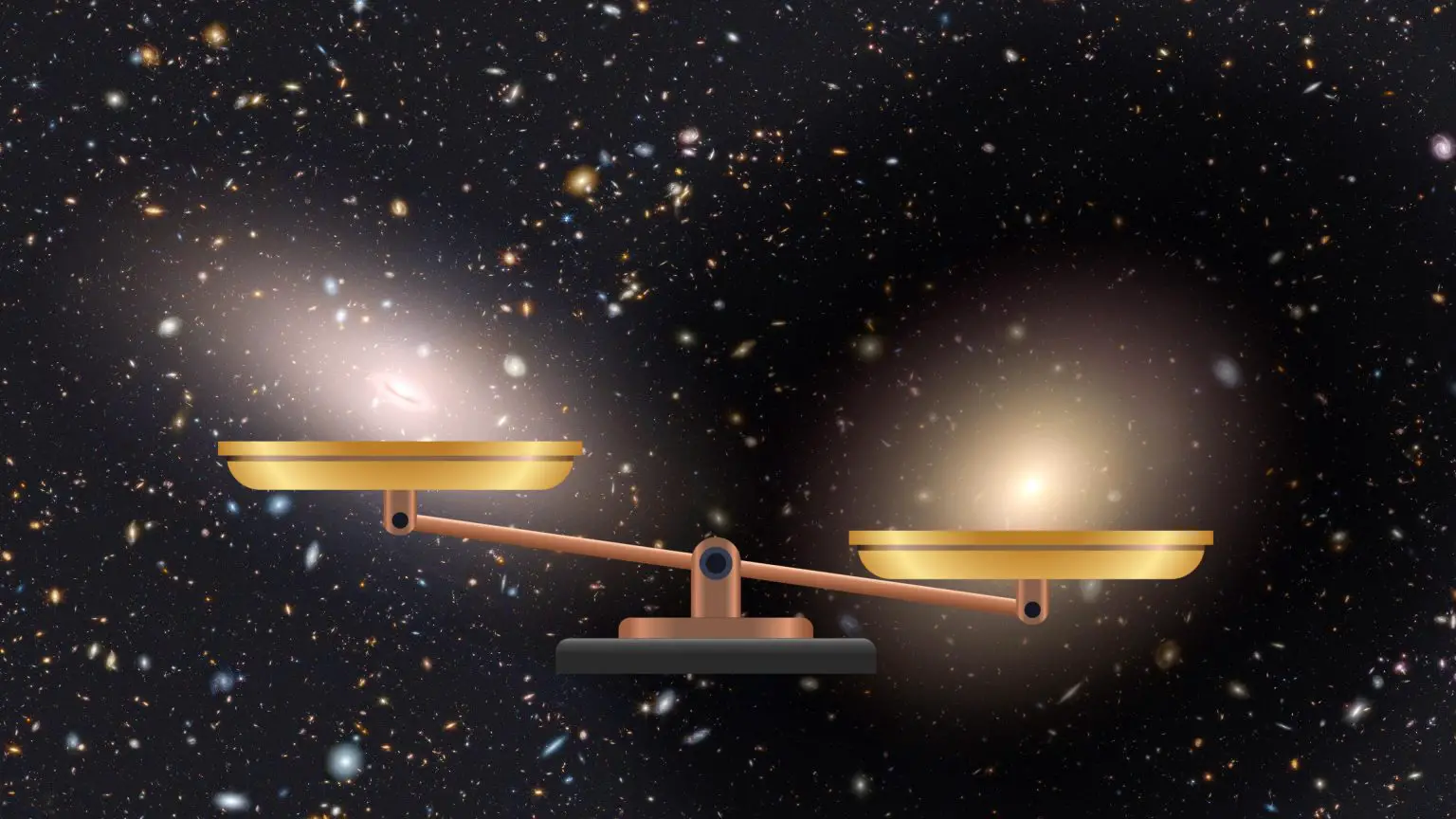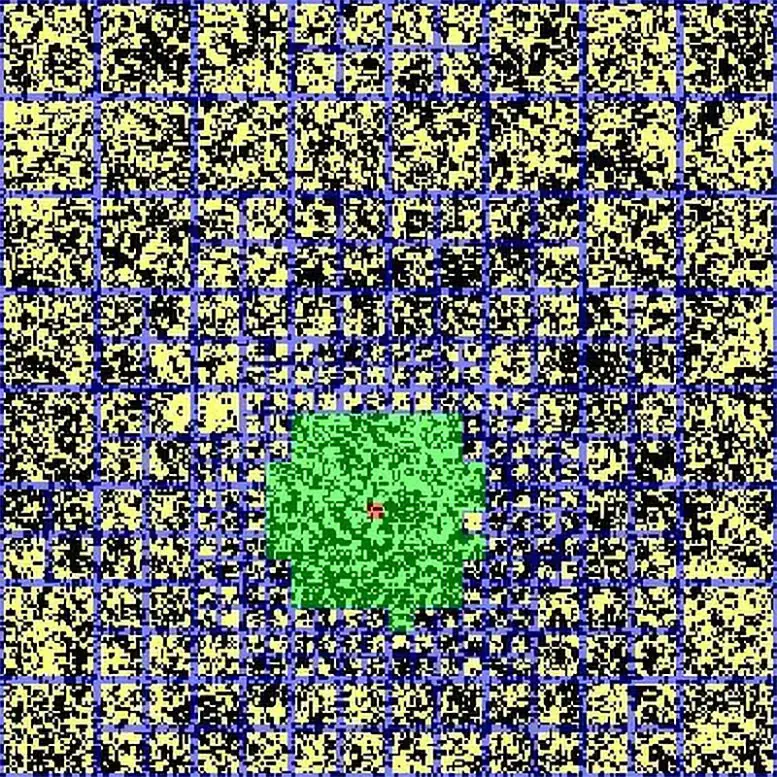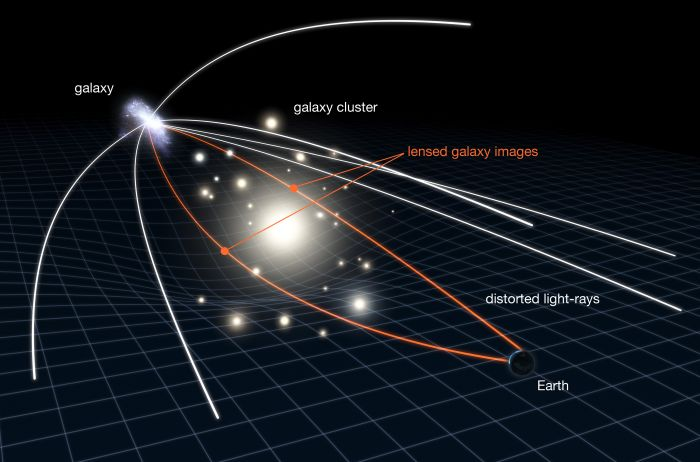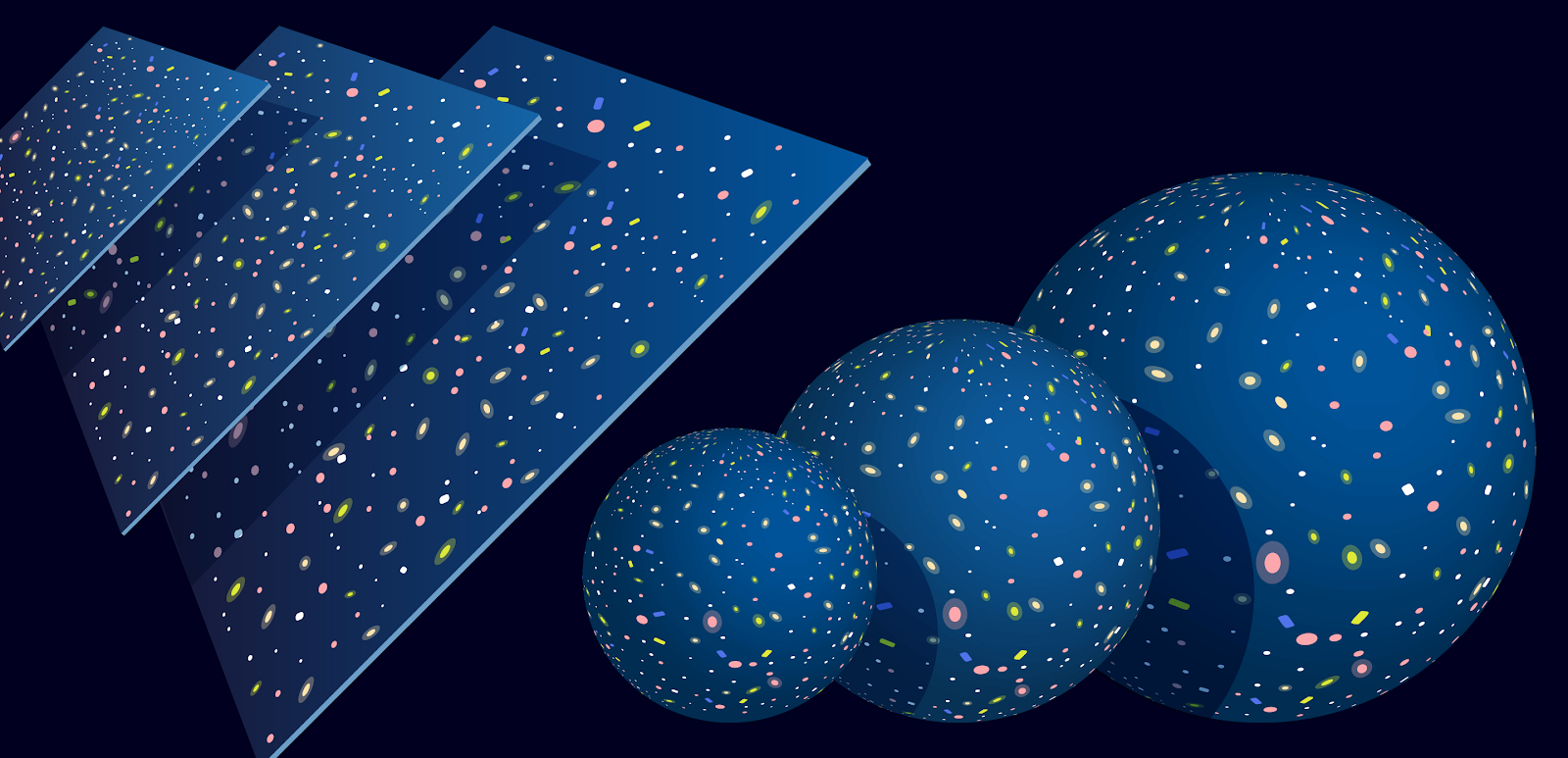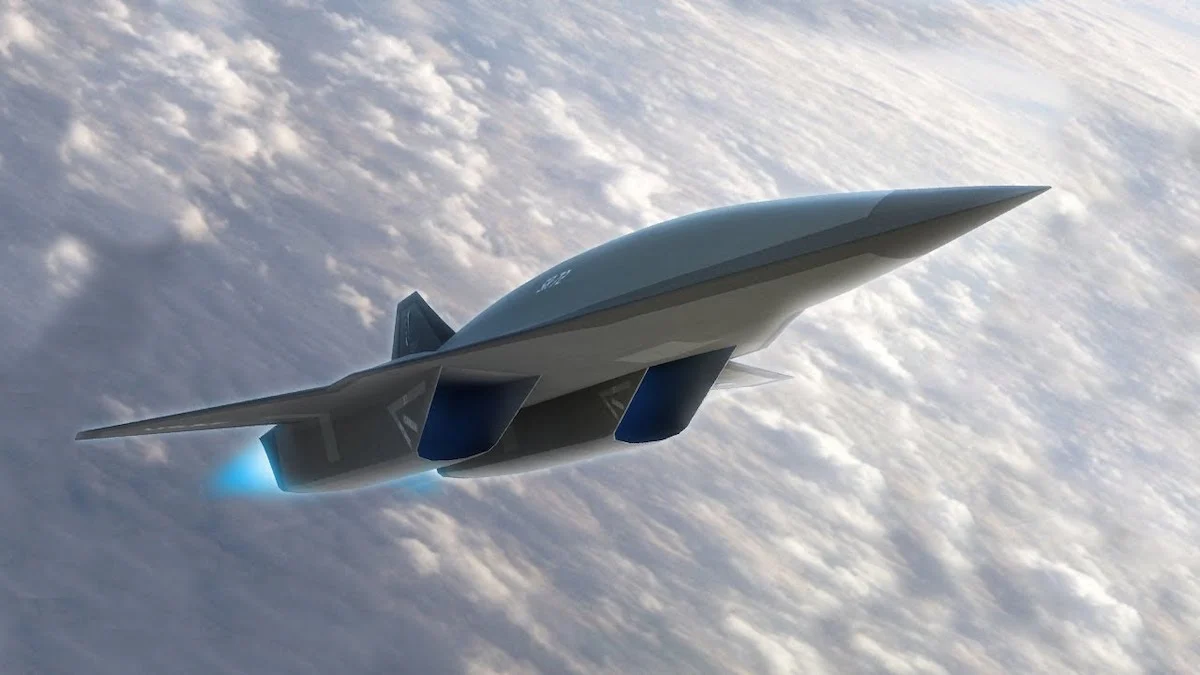Black holes transform all fundamental forces into one force. In this text, fundamental forces and fundamental interaction mean the same thing.
The thing is that even light cannot escape from inside the event horizon. But black holes are sending gravitational radiation or gravitational waves. So those gravitational waves are the thing that takes energy out from the black hole.
There are many complicated models of things like Hawking radiation or radiation that comes directly from a black hole. Some of those models' base is superpositioned and entangled photons that are like antennas that bring energy out from the area inside the event horizon.
And if that quantum entanglement goes through the event horizon, it transmits energy from the event horizon or just from below it. In some other models, massive gravitation stretches the particle-like spaghetti, and in a very short moment that particle is at both sides of the event horizon.
The thing that supports the theory that some kind of radiation can escape from black holes is that they lose their mass. If material and energy don't go anywhere. That means black holes would expand forever until the entire universe falls in them.
Could so-called gravitational diffusion be the thing behind gravitational waves?
Diffusion is the net movement of anything (for example, atoms, ions, molecules, energy) generally from a region of higher concentration to a region of lower concentration. (Wikipedia/Diffusion)
In the cases of black holes gravitational diffusion is the thing that makes gravitational radiation or gravitational waves travel out from the black hole. The gravitational diffusion around black holes is so strong that it pushes other energy forms away.
Because gravitational waves form situations where high-dense gravitation supplants some other fundamental force (s). Other energy forms are trying to fill that empty area. In that case, the other fundamental forces transfer particles and energy into that black hole. We can say that gravitation that travels out from the black hole makes that thing very cold.
Gravitational waves or gravitational radiation transports energy out from singularity. The singularity is a homogenous particle there are no electron shells. That means it transfers all wavelengths that impact it into one wavelength reflection. So the black hole connects all fundamental forces into one force and then transforms them into one monotonic wavelength.
When gravitational diffusion happens. That radiation takes energy out from the singularity and freezes it. In physics cold means the direction where energy travels or the destination of energy. The extremely dense gravitational waves can take wave movement that transfers strong nuclear force with it.
In that model, gravitation replaces at least one fundamental force. But in the wildest visions in black holes, gravitation turned so dominant that it replaces all other fundamental forces away from the singularity.
Singularity is the result of extreme fusion. When supernova explodes particles are jumping away from each other. When the warp bubble that the supernova forms collapses. Electromagnetic fields that fill this bubble are smashing those particles back into another entirety.
In that process, all particles, electrons, quarks, and gluons along with hypothetical gravitons smash into one entirety. During that process, the forming singularity bursts electromagnetism and weak and strong nuclear forces away from that structure. The singularity's density is extremely high. And it reflects almost all other wavelengths than gravitational waves away from it. That reflection is not similar to regular reflection.
Singularity's density is so high that there is no space in it. And it's homogenous. In regular material, energy can go into those empty pockets that are between electrons and quarks. In singularity, there are no those structures. So when radiation hits singularity it reflects away from it. But singularity cannot reflect it in the same way as regular material. The singularity reflects radiation like an elementary particle. It transforms all radiation into one wavelength. All particles reflect radiation in the wavelength. That is the same as their size.
That means singularity reflects as an entirety because there are no internal structures. The singularity transforms the impacting radiation into a wavelength that is the same as its size. And the reflection happens also in all directions. That reflection causes electromagnetic low pressure in all frequencies. And then all fundamental forces are traveling into the black hole. Singularity transforms fundamental force's wavelengths into a form that we know as gravitational waves.
All fundamental interactions or fundamental forces are the one form of energy. All of those fundamental forces have particles and waveforms. And the difference between those forces is their wavelength. We use only electromagnetism in everyday life. But in nuclear reactions like fission, the energy comes from weak nuclear force. And then electron shells transform that weak nuclear force's energy into electromagnetism. That means particles can change or adjust the wavelength of the energy.
We can think that a graviton is the smallest particle if it exists. Then that particle sends wave movement to the gluons. Then gluons send wave movement to quarks. And then the quark groups send that wave movement to the electron shells. Whenever wave movement reaches the next size of particle or particle groups it must fill that particle with it. That means the energy level of that bigger particle must rise to the level that it can give energy impulses.
Then that next particle sends that wave movement forward to the next layer. Each layer sends waves that have the same wavelength as its size. But in the case of the singularity, there are no electron shells around that particle. The singularity is the entirety where all fundamental particles are the same. The other thing is singularity is slight. So it can send radiation only as an entirety. So the wavelength of radiation that singularity can send is the same as the size of the singularity.
Singularity is like one extremely dense elementary particle. That means only force that can travel in that particle. The density of the singularity is so high that all other energy except gravitation reflects from its surface. The extreme density of the material makes the situation. That it cannot tie energy inside it. That means the singularity is "cold" in all frequencies of energy. But singularity turns those frequencies into one frequency.
The material disk around black holes acts like a laser. It pumps energy into it.
Black holes get their energy from the material disk around them. When material falls in black holes along with radiation that thing turns the material disk into a very high energy level. The material disk acts like a lightning tube of lasers. That material disk pumps energy into the black hole.
But then we must remember one thing. A black hole requires material and energy so that it can exist. The energy minimum principle, where two spaces attempt the reach the same energy level, also depends on the black hole.
This is the reason why black holes are vaporizing. And then we must realize one another thing. Sometimes black holes pull all materials from around them. That thing forms the empty bubble that increases the black hole's vaporization speed. And that causes an eruption of gravitational waves.
When we look at material around black holes gravitation is the main force that interacts with material. But black hole magnetic fields also are extremely strong.
That pulls the material to the black hole's poles. There is a nuclear reaction in those poles. That polar reaction is the thing that forms relativistic jets. Sometimes the high-energy plasma starts to travel between those poles.
And if that plasma of the polar flow is at a higher energy level than the material in the material disk that forms the electromagnetic vacuum around the event horizon. That thing increases the energy flow out from the black hole. We see that thing as the gravitational burst of the black hole.
Black holes are not vaporizing at the same speed. If the black hole is in a cosmic bubble like Boötes Void. That means energy travels out from the black hole faster than if the black hole is in the galaxy's center. When material that falls in a black hole ends that means a black hole vaporizes.
https://bigthink.com/starts-with-a-bang/light-escape-black-hole/
https://en.wikipedia.org/wiki/Bo%C3%B6tes_Void
https://en.wikipedia.org/wiki/Diffusion
https://en.wikipedia.org/wiki/Fundamental_interaction








